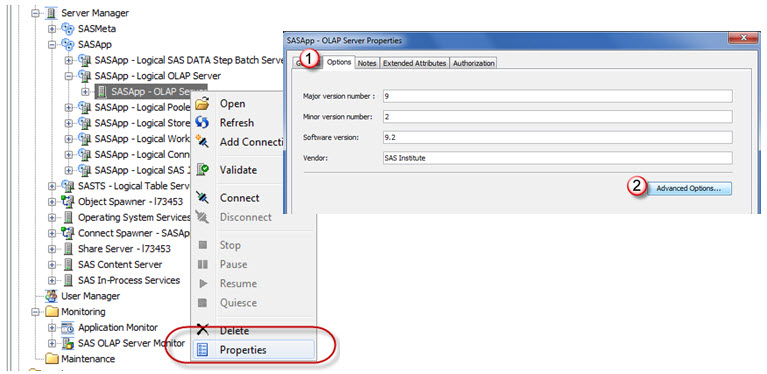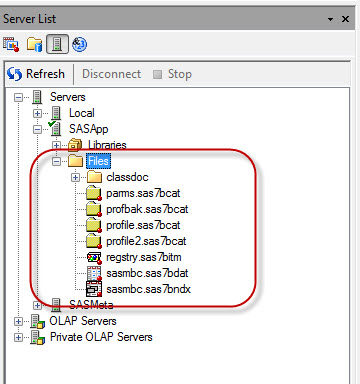
In the Star Wars movie, Obi-wan could just wave his hand, mutter a few words, and the stormtroopers would "move along". How the power of the Force makes ridding yourself of problematic characters so much easier! I recently was invited to become an alternate instructor for Ron Cody’s SAS Business











